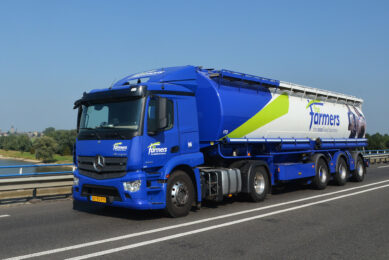Going to macronutrient extremes with dog food

Currently, there are no legal recommended levels for the inclusion of protein, fat and carbohydrate in dog food for producers to follow. Does that mean the sky’s the limit? Pet food expert, Anton Beynen, takes a look.
EXPERT
The classes of macronutrients that provide food energy to dogs are protein, fat and carbohydrate. Their metabolisable energy equivalents are well established. There are no authoritative recommendations on carbohydrate intake and no advised upper limits for dietary protein and fat. This could be interpreted as allowing ample flexibility in dog food formulas.
FEDIAF recommendations
The European Pet Food Industry Federation (FEDIAF) proposes that adult dogs consume 16% of dietary calories from protein and 12% from fat. Complete dog foods in the marketplace have widely varying compositions. The full range of protein contents is 20 to 45% energy and that of fat is 20 to 75% energy. Low-carbohydrate foods (less than 25% energy carbohydrates) contain above-medium amounts of protein and/or fat. The question arises whether the extremes of protein and fat are associated with health risks.
Also read: Feline hairball control by dietary cellulose
Protein intake and kidney disease in dogs
Dogs frequently develop chronic kidney disease with advancing age. The effect of protein intake on progression of kidney lesions has been studied in dog models with surgically reduced renal mass. The test diets contained extra protein at the expense of carbohydrate; amounts of fat and phosphorus were kept virtually constant. 2 different studies showed that 50 or 30% versus 16% energy protein increased kidney damage as based on histological assessment.
Fat intake and pancreatitis in dogs
Inflammation of the pancreas is a common condition in dogs. Feeding dogs on a protein-deficient (5% energy), very-high-fat diet (79% energy) induced macros- and microscopic changes in the pancreas resembling pancreatitis. In dogs with experimental pancreatitis induced through infusion of bile and trypsin into the pancreas, the severity of clinical signs and tissue pathology was markedly and specifically augmented by a diet containing 62% energy fat and 21% energy protein.
There are no prospective studies in healthy dogs with very high intakes of protein and fat. For the time being it is prudent to give credit to the model studies and avoid dog foods with protein or fat levels above medium values. Low-carbohydrate food aligns with the philosophy of seeking an ancestral nutritional profile, but some products put dogs’ health at risk.











